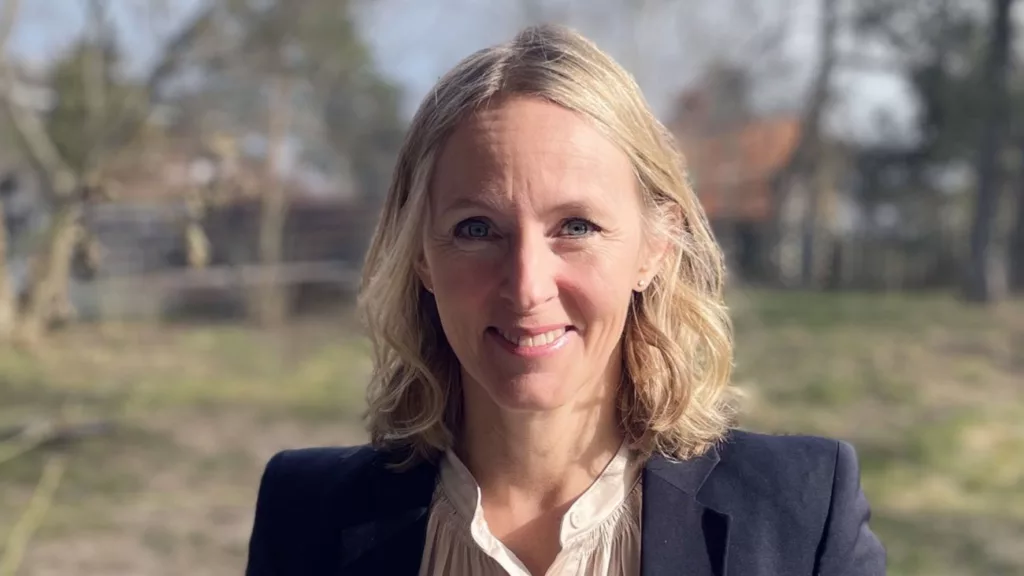Global leaders from all parts of society joined forces in Montreal, Canada, on December 7-19 2022 to handle the urgent and considerable risks posed by the loss of biodiversity. A welcomed achievement of the meeting was the adoption of the Global Biodiversity Framework and the associated targets, goals and financing. What is now important is the rapid and consistent progress in implementing what has been agreed.
The situation for biodiversity is critical, with nearly 1 million species at risk of extinction as a result of human activities. There were high expectations for a “Paris Agreement for Nature” to be adopted at the UN Biodiversity Conference, or COP-15, to the Convention on Biological Diversity. Fortunately, the parties reached a once-in-a-decade deal, with the aim to halt and reverse nature degradation.
Some key components of the global biodiversity framework adopted by world leaders at COP15:
- The 30×30 target: Effectively conserve and manage at least 30% of the world’s lands, inland waters, coastal areas and oceans by 2030. In addition, 30% of degraded areas should be under restoration and the loss of areas with high biodiversity importance should be close to zero by 2030.
- Funding: Mobilise at least USD 200 bn per year in domestic and international biodiversity-related funding from all sources – public and private, by 2030. Increase biodiversity funding from rich countries to poorer countries, with an interim target of at least USD 20bn in 2025, increasing to USD 30 bn by 2030.
- Companies’ and financial institutions’ responsibilities: Require large and transnational companies and financial institutions to monitor, assess, and transparently disclose their risks, dependencies and impacts on biodiversity through their operations, supply and value chains and portfolios. In addition, they are expected to progressively reduce negative impacts on biodiversity, increase positive impacts, reduce biodiversity-related risks, and promote actions to ensure sustainable patterns of production and consumption.
Although the agreement is not legally binding, governments will be tasked with showing their progress on meeting the targets with national biodiversity plans, similar to the nationally determined contributions of the Paris Agreement. These policies will have direct consequences on the operations of businesses and banks, asset managers, asset owners and insurance companies.
Joining forces
“The significance of the financial sector to reach the Global Biodiversity Framework targets was clearly voiced at COP15. A full conference day was dedicated to finance and biodiversity, with high level attendance from e.g. the UN Environment Programme Finance Initiative, where Nordea is an active member. It is important that the financial sector is engaging and joining forces to contribute,” says Head of Group Sustainability at Nordea, Anja Lidgren Hannerz, and stresses the importance of collaboration across sectors:

“It is a complex topic. Both the industry and the financial sector need fit-for-purpose methodologies to assess, set targets and start disclosing impacts and dependencies on biodiversity. It makes a lot of sense to work collaboratively. As the momentum for biodiversity is growing, so is the number of communities, networks and voluntary initiatives dedicated to this topic.”
Pledge signed by 111 financial institutions
An example of such an initiative is the Finance for Biodiversity Pledge, signed by 111 financial institutions, representing 20 countries and with over EUR 16.3 trillion in assets, one of them being Nordea Asset Management (NAM).
The pledge signatories call on global leaders and commit to protecting and restoring biodiversity through their finance activities and investments by collaborating and sharing knowledge, engaging with companies, assessing impact, setting targets and reporting publicly before 2025.

“As a financial institution we recognise our exposure to nature-related financial risks resulting from impacts and dependencies on nature. Through the joint efforts taken in the pledge, NAM further accelerates its commitment to taking biodiversity risks and opportunities into consideration in our investment decisions and active ownership practices,” says Eric Pedersen, Head of Responsible Investments in Nordea Asset Management.
At Nordea, the next steps will be to further investigate biodiversity risks and challenges, as well as business opportunities, explains Anja Lidgren Hannerz:
“During 2023, Nordea intends to further establish our strategic approach to biodiversity and nature-related impacts at group level. Going forward, a biodiversity position statement including our ambitions will be published as a foundation to further strengthen our sustainability strategy and bring value to our stakeholders. In addition to working collaboratively inside of Nordea, we plan to engage with experts, industry peers, customers and colleagues on how to best contribute from Nordea’s side.”
Biodiversity: What are the risks and opportunities?
In early 2022, the World Economic Forum ranked biodiversity loss as one of three top risks facing our society, alongside climate change and extreme weather events – three risks being highly interlinked and amplifying each other. The World Economic Forum estimates that over half of the world’s total GDP – USD 44 trillion – is exposed to risks from nature loss. They also identify business opportunities worth USD 10 trillion that could create 395 million jobs by 2030. These risks and opportunities explain why more than 1000 companies with revenues of more than USD 5 trillion were calling on governments to adopt policies at COP15 to reverse nature loss in this decade.

